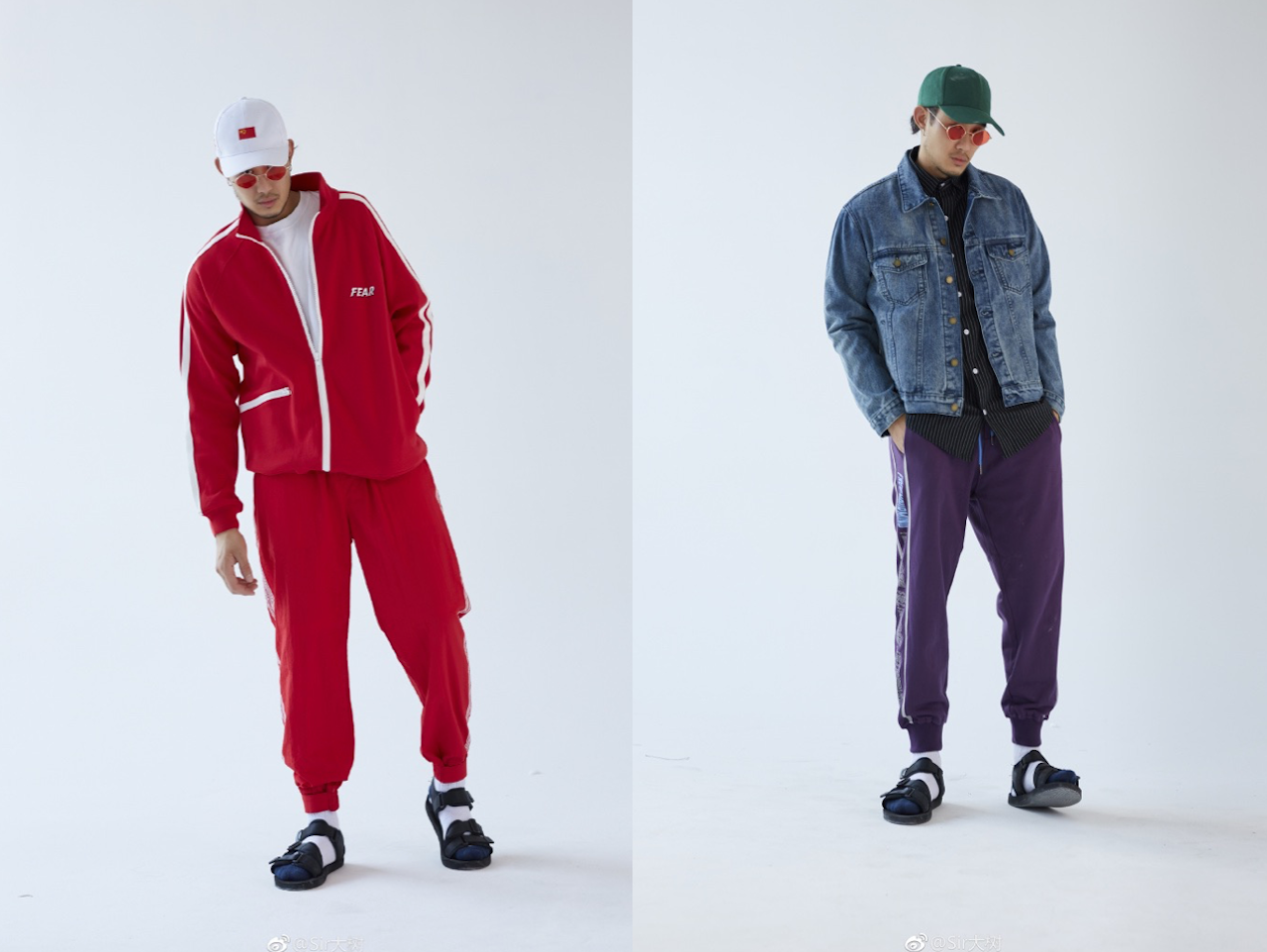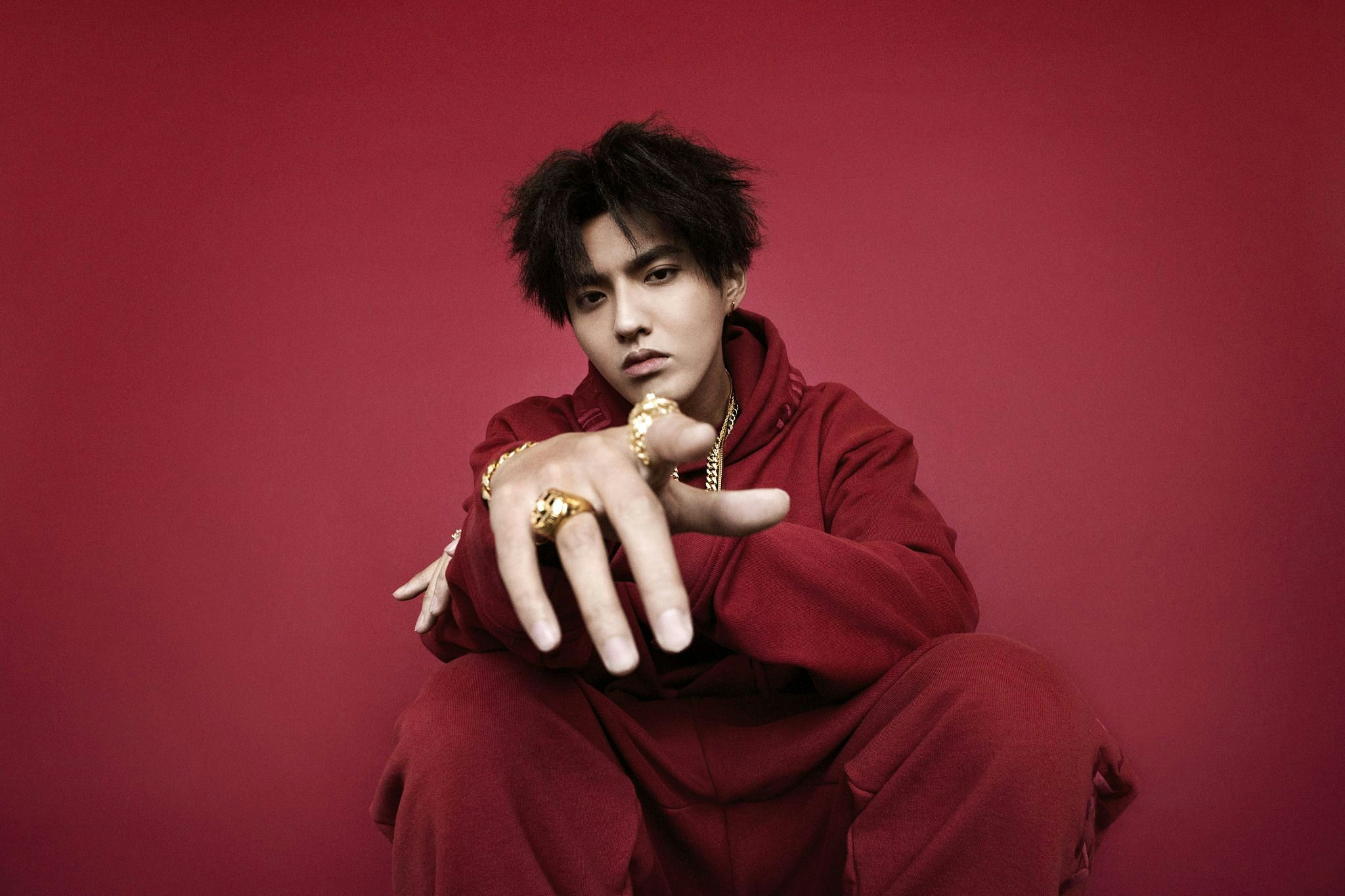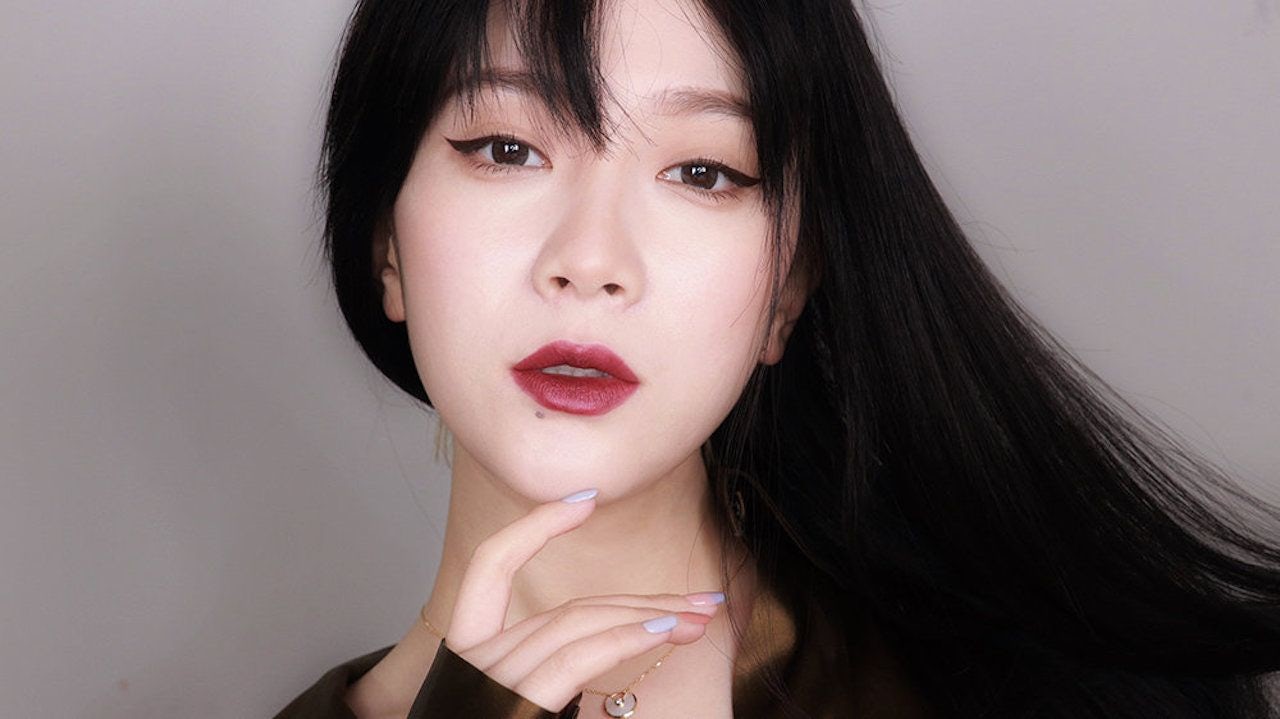Little Red Book (Red), the social e-commerce platform that landed an Alibaba-led 300 million (roughly RMB 2 billion) investment in June, is seeing new growth opportunities in the male luxury market after launching a section exclusively featuring male styles—and it's already seeing significant engagement.
Female consumers are still dominant on the platform (accounting for 70% of total users) but brands cannot ignore the men. Male consumers are shy and less educated than their savvy female counterparts about shopping choices, but so far, Red is doing a good job as a male search and discovery tool.
Outsiders may have a hard time grasping what makes Red a good fit for users. To put it simply, Red, which is similar to Instagram in that it’s an image-oriented platform, is here to offer shopping advice. A typical Red post consists of multiple pictures with elaborate captions that include information on the displayed brands, pros and cons, easy-to-digest shopping tips, and more. That’s why fans and influencers refer to the platform’s content, literally, as note (笔记). Note-taking is an essential habit in China from early schooling onward, and that habit has evolved to naturally fit online shopping needs.
Persuasive tips with direct-buy buttons trigger male consumers to make fast but informed buying decisions on Red. The price of Influencers costs are higher for brands on Red than other social media sites like Weibo, but that's because the content is much more sales-driven.
According to a report by Tencent published in June, Chinese millennials aged 18 to 35 are the primary users of Red. Coincidentally, that group tends to do the most research before purchasing, although their online purchases on Red are generally higher priced, partially because the site began as a high-end importer of expensive overseas luxury goods.
Expanding upon their newfound investment capital, Red intends to grow beyond a mere shopping platform into a full lifestyle community. The brand’s renovated positioning stands as proof, with the brand having recently changed their 2014 slogan "those goodies from abroad" into "mark my life." Critics commented that the content is now more saturated than ever and is very similar to WeChat’s top trendy list. But the extra content is undeniably enriching everything on the men’s side of the aisle, from streetwear to beauty products. Here from Jing Daily are some different types of male influencers and how luxury brands can communicate through them:
Hip pop streetwear:#
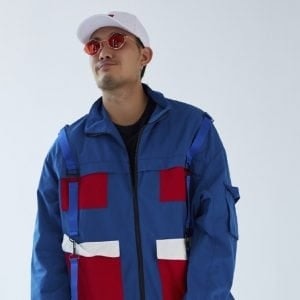
1. @Maoduo Banlu 毛多半鹿 1,006,000 followers#
Mao’s content is clean-cut with delicate compositions and color coordination. The blogger also has his own Taobao store, Hairy Deer, and his pictures almost exclusively feature his own brand. He’s also a food blogger who occasionally features his homemade dishes—posts that are just as visually and sensuality pleasing as his fashion features.
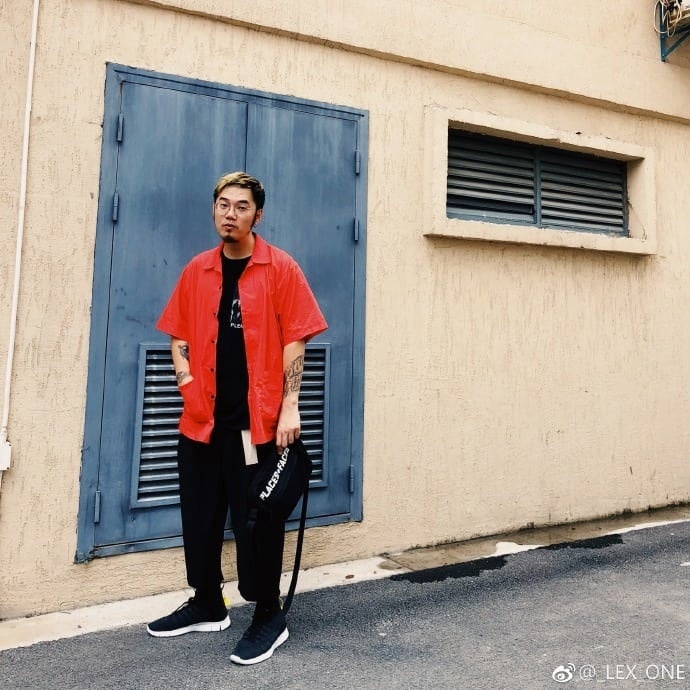
2. @LEXONE 651,000 followers#
The hit reality TV show Rap of China ignited China's desire to dress in hip-pop style clothing, but consumers had no idea where to start. Fortunately for them, fashion blogger Lexone quickly stepped in to fill this informational gap, showcasing the "how" and "why" of his style preferences and occasionally giving tips on new items (he’s known as an avid shoe collector). Lexone launched his Taobao shop Gaon in 2015 and Red is where he promotes it. His styles are primarily "made in China" streetwear, but sometimes you can spot brands like Supreme and Palace in his stylings.
Beauty make-up:#
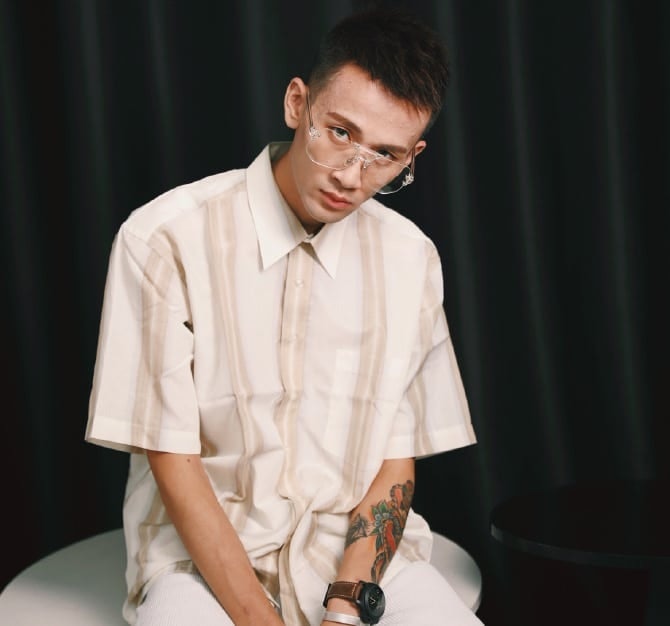
3. @Xiaoye Xingjun 小野星君 1,021,000 followers#
Xiaoye is known for his slogan “both men and women deserve to look good”—a notion meant to broaden his fan base as well as change the perception that only feminine men will use skin care and makeup products. Xiaoye’s content encompasses everything one needs to know about “fine living,” including timepieces, styling, skin care, luxury brands, and more. He targets young commuters and some of his most engaged content includes posts about eye makeup and the basics of male eyebrow makeup. He’s previously featured products like Burberry’s foundation and the SK-II eye serum.
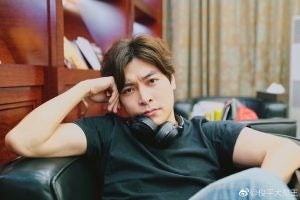
4. @Junping Big Devil 俊平大魔王 2,255,0000 followers#
Junping Big Devil (aka Fang Junping) is one of the most well-known male beauty bloggers in China today. He started a vlog on Weibo in 2016 and blew up when one of his short videos went viral. On Red, his content focuses primarily on demystifying product ingredients, using chemistry to explain different effects to his viewers. He offers in-depth reviews of IT-items in the beauty world, namely Helena Rubinstein’s night serums (dubbed 'the brown bottle' and 'the red bottle') which are Shiseido power-infusing concentrates. Fang Junping has owned his namesake beauty brand JUNPING since 2013 and received a hefty 2.9 million (RMB 20 million) of pre-A round funding last July.
Lifestyle:#

5. @Jin Xiojun Jin小菌 463,000#
Because of the success of the smash reality show Street Dance of China, Hot Blood Dance Crew, Chinese millennials not only want to recreate styles from the show, they also want to copy the dance moves they see on it. The hip-pop dance instructor Jin Xiaojun uses Red to showcase his dancing, but his creative spirit really kicks in when he dances in different parts of the world—from the edge of Colorado’s Grand Canyon to the New York City subway—giving his account the feel of a travel blogger's. He often jots down the items he wears in his dance videos, and his most luxury-defining moment was probably when he danced to the famous Fendiman single by Chinese rapper Jackson Wang.
6. @Little Red Uncle 小红叔 4,260,000#
Little Red Uncle, which is not a real person but the site's official automated character, who is made to understand the mind of the Chinese male millennial through big data. He keeps content really minimal on fashion styles yet covers a wider range of topics than most male bloggers, ranging from competitive e-gaming to girlfriend gift ideas.
